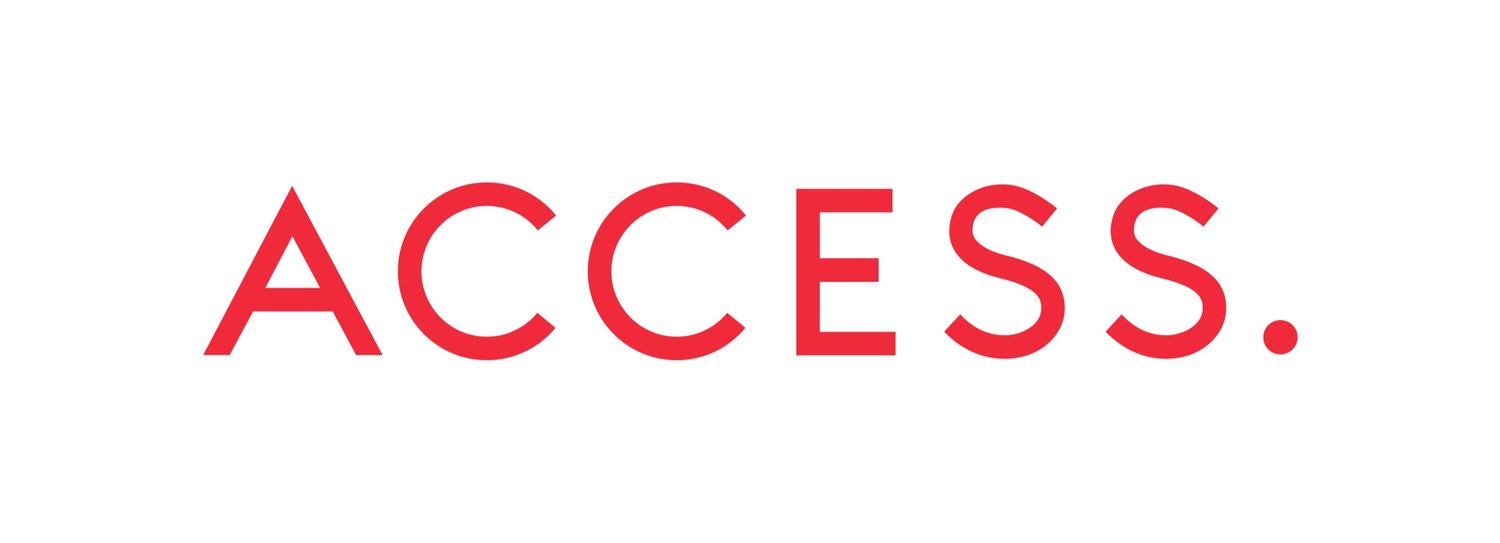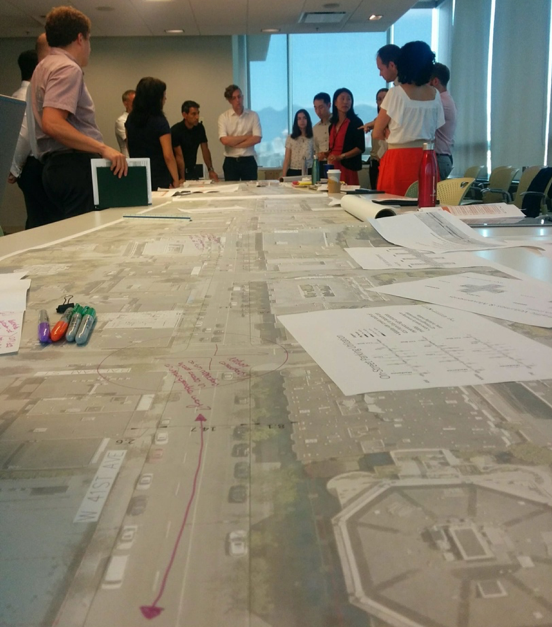On January 6, 2020, TransLink launched the new RapidBus service on four corridors across Metro Vancouver. This region already has a reputation in North America of hosting many of the busiest bus routes and has been home to the popular B-Line since the 90s. So how is RapidBus different than the good ol’ B-Line? This fun TransLink video spells it out, and we have summarized the key service and infrastructure improvements below.
The Access Planning team has been involved in bringing this RapidBus vision to life from program conception, to securing design and implementation funding, designing the routes themselves, and helping coordinate inputs from hundreds of municipal and provincial staff, community organizations, and the operators working on the bus routes each day. It truly does take a village to make these projects into reality and we look forward to seeing the next wave of RapidBus design and implementation hit the streets as TransLink moves forward with design of with the next two routes in 2020.
Improved Service
First, the hours of service have been extended and frequency has been boosted, especially in suburban communities, with customers now seeing buses every 3-8 minutes in peak times and 8-15 minutes in off peak times between 6am and midnight every day of the week. This is a game changer for many communities outside of the busy Vancouver core where late night and weekend bus service was very infrequent, if it was running at all.
Greater Speed and Reliability
Fresh red paint is popping up all over the region. Dedicated bus lanes mean faster travel times for passengers.
RapidBus is a limited stop service similar to the previous B-Lines running along major urban arterial and highway routes between communities. Customers can board at any of the three doors on the vehicles, reducing the time buses need to unload and load at each stop. Streets have been designed with a range of improvements including dedicated bus lanes, queue jump lanes, curbside parking restrictions, and signal adjustments to help buses bypass congestion. These street designs are not just for RapidBus either – every local bus that also travels along these corridors can use the bus infrastructure, benefiting tens of thousands of customers each day.
New Customer Features
Stops feature improved customer amenities to help people get where they are going easily, safely, and comfortably.
Beyond the eye-catching bright green buses (other TransLink vehicles and blue and gray), customers benefit from real-time bus route information at stops, sheltered waiting areas, accessibility infrastructure including visual and auditory guidance, and larger hybrid buses with cushy seats. While more service and faster travel times are great, these extra customer amenities help making waiting and riding more comfortable too – another important contributor to attracting more riders to the service.
RapidBus route R3 ribbon cutting event at the Haney Place terminus in Maple Ridge.
Over this launch week, TransLink and municipalities along the new lines have been hosting ribbon cuttings and community parties to help spread the word about the service and inform customers of changes to other existing routes now that the RapidBus has come to town. It’s heartwarming to see Mayors, Councillors, and other provincial politicians taking the time to celebrate this milestone. Metro Vancouver is one of the few regions where the discourse around transit is less about whether transit is needed (over 80% of people surveyed agree this service needs to happen) and more about how to make that transit service the best it can be.
Access Planning, TransLink, and City of Vancouver staff working on the early concept design for the R4 RapidBus.
Learn more from TransLink about the service launch and broader program approved by the regional Mayors’ Council.





